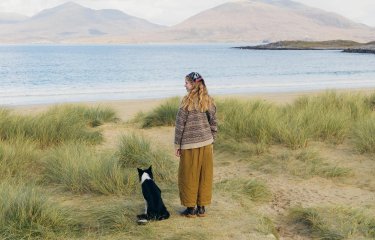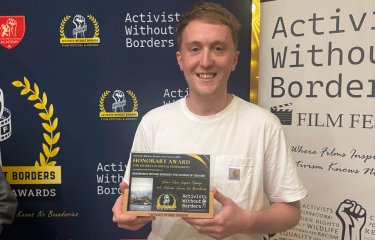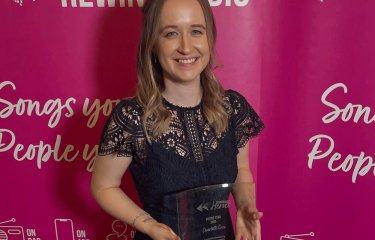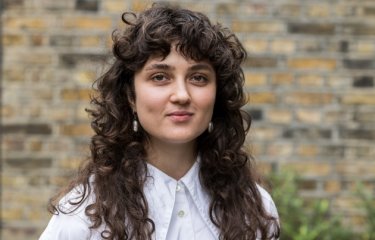Photography alumnus exhibits work at international conservation exhibition in Abu Dhabi
10 October 2025
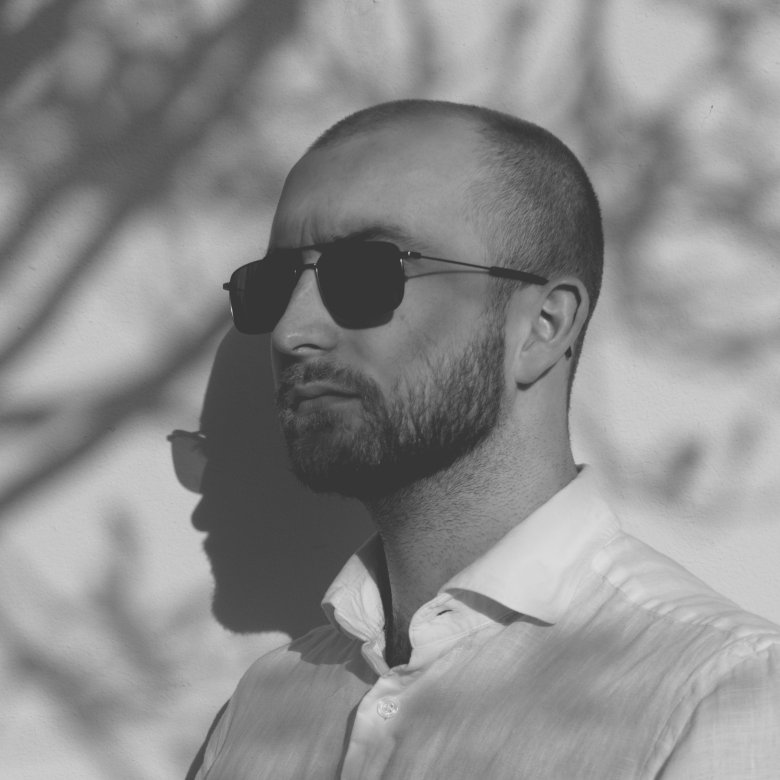
After being inspired by the “spaciousness and quietness” of the Cornish countryside during his time as a Falmouth student, Photography BA(Hons) alumnus Miles Critchley-Hope has now taken his love for the natural world to the United Arab Emirates, where he has created a series of photos that celebrate the richness of wildlife in the country.
The photo series is set to be displayed at the International Union for the Conservation of Nature Congress (IUCN) Exhibition in Abu Dhabi later this week, a once-in-every-four-years gathering that brings together nature conservation experts, leaders and decision-makers from around the world.
The opportunity came about since Miles relocated to the UAE to work as an environmental engineer and ecologist, where he made his passion for climate change his career while continuing to create art that reflects both his concerns and interest in the environment. We caught up with Miles to find out more about trading Cornwall for the UAE, the inspiration behind his photography and how his time at Falmouth led him towards the work he makes today.
How did you find your time studying Photography BA at Falmouth?
Like most students who attend Falmouth, I loved my time there. Its location and atmosphere isn’t like other universities in the UK and that’s what makes it so special. The landscape around Falmouth offered the perfect terrain for me to start the art style that led to what I make today. This was during lockdown too. I was experimenting with ways of collaging photographs to construct something representative of a subject which in my case was, and remains to be, climate change.
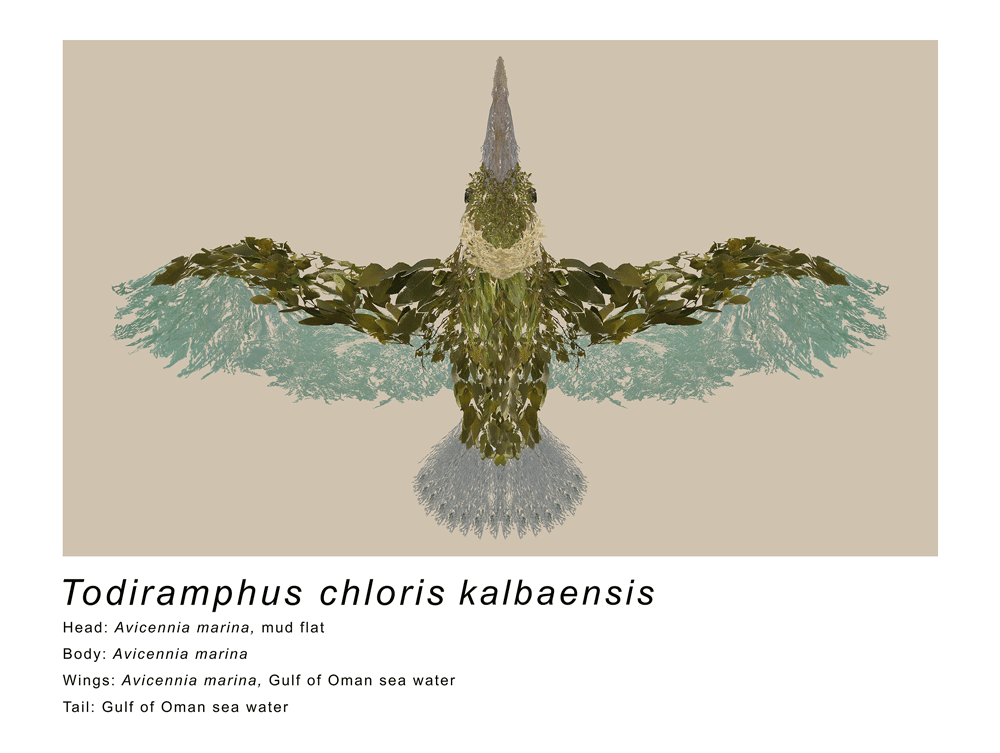
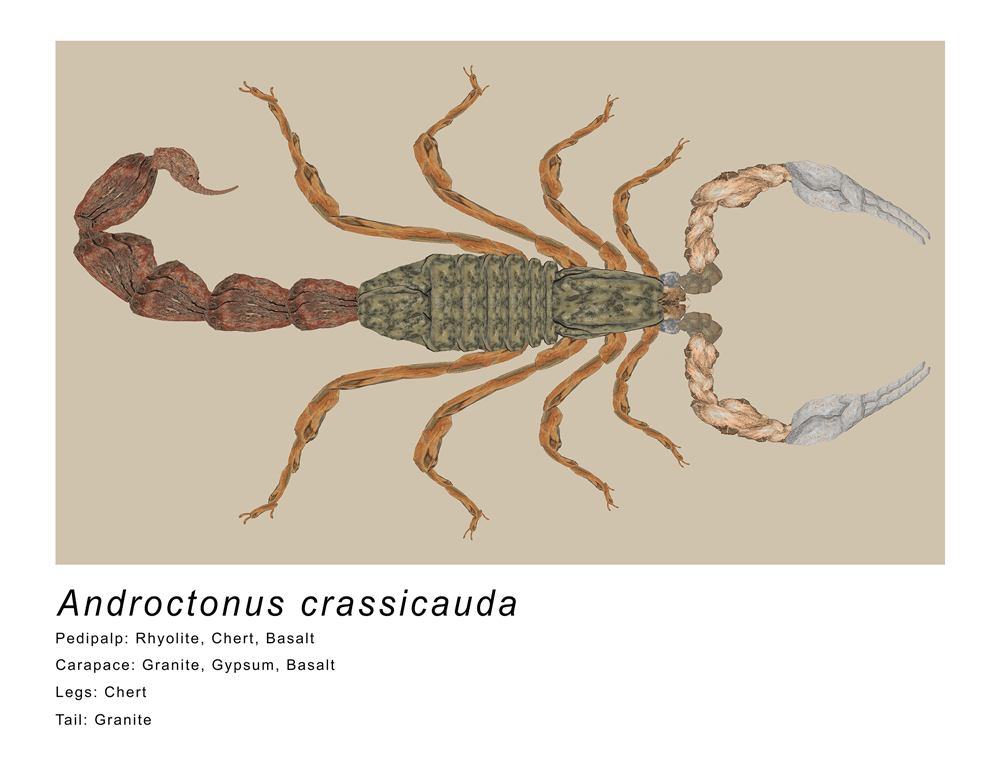
Did your time at Falmouth influence the photography you create now?
Falmouth’s location certainly did. I think the spaciousness and quietness of the Cornish countryside, with the SouthWest Coast Path and places like Lizard point, and being able to walk through the old tin mines and forestry, gave me the chance to really develop and experiment with my creativity. It has continued from there on.
Can you tell us more about your photo series on display in Abu Dhabi?
The series that will be featured in the IUCN exhibition is titled SYMBIOSIS. It follows my move to Abu Dhabi in September 2024, when I relocated to start a new job as an environmental engineer and ecologist. Since then, I have worked and explored the UAE desert, from the mega dunes in Liwa to mountains in Ras Al Khaimah, with an array of scientific specialists.
For the wildlife to survive here in the hyper-arid conditions of the UAE, it has to be specialised, and this often means that the wildlife isn’t found anywhere else. The animals featured in the project are presented through photographs of their natural habitat, whether it is the terrain, shelter or food source on which they depend. I hope the project is a celebration of the diversity and richness of wildlife in the UAE and encourages eco-centric efforts in and around the UAE.
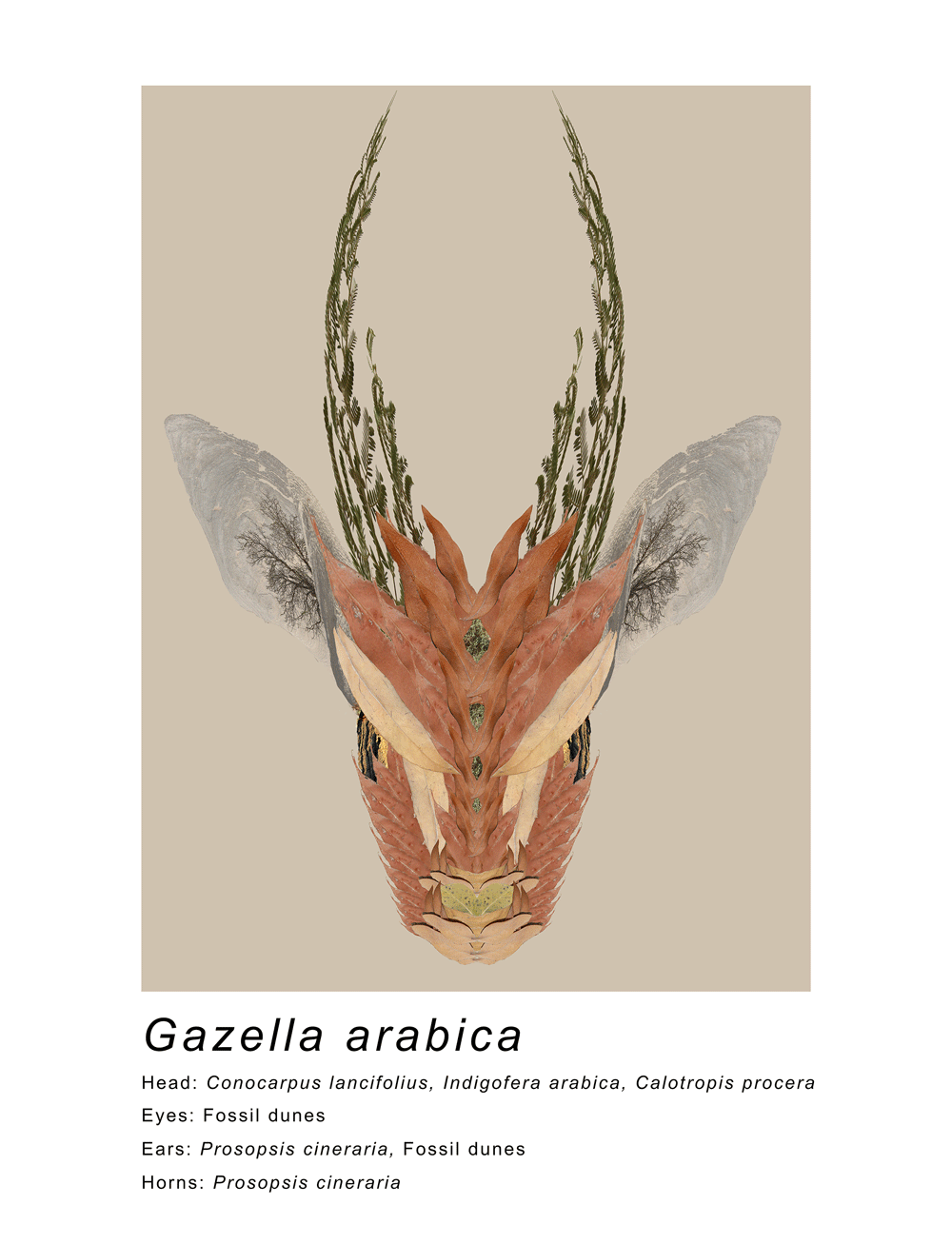
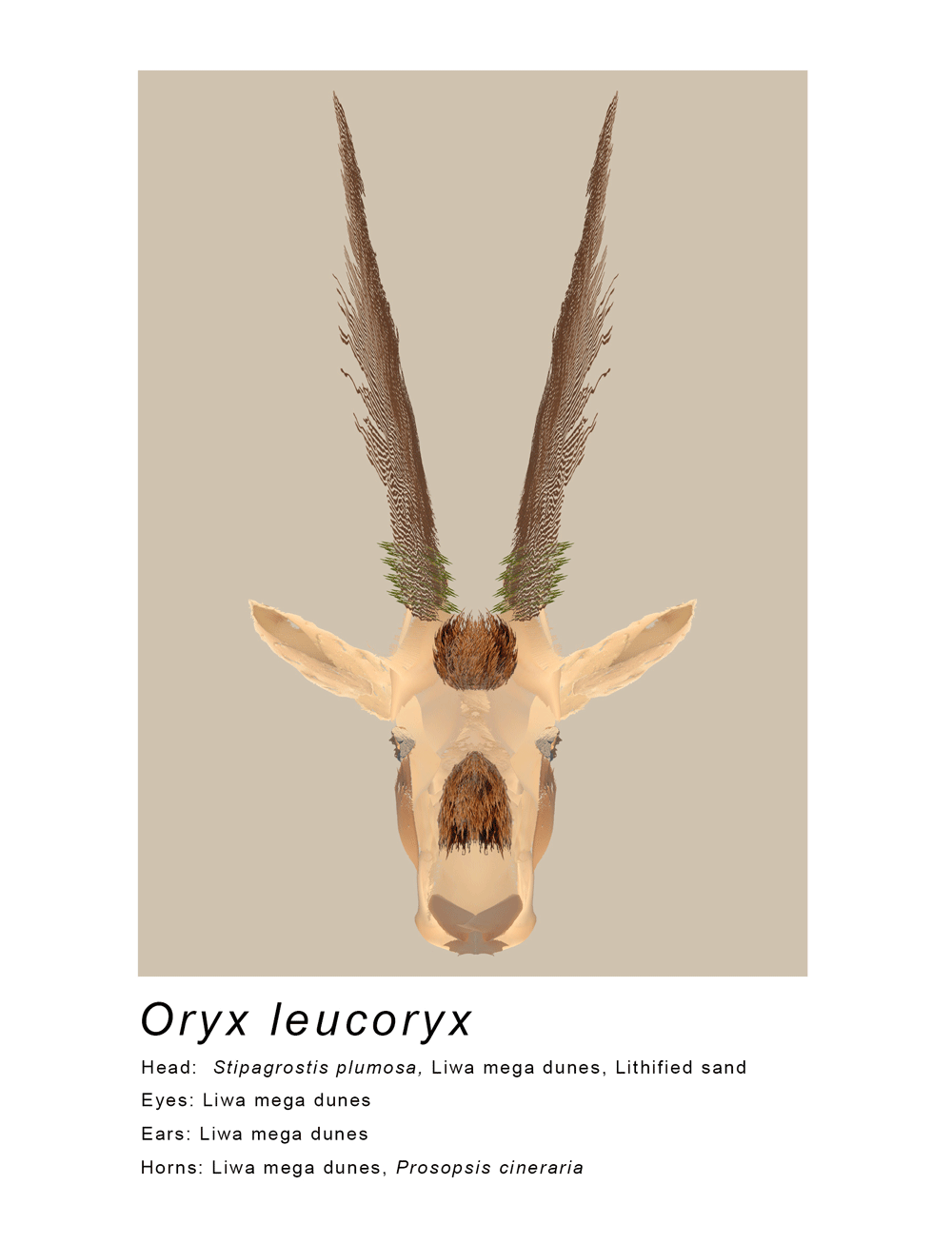
What do you hope to do next?
For future projects, I’m keen to make a landscape series expressing the bizarre normalisation of plastic waste in our global landscapes. Working in the environmental sector, I see lots of waste which is irresponsibly discarded, and it is common knowledge that landfill and ocean plastics are a pinnacle point of concern for environmental stability and anthropogenic (environmental change caused or influenced by human activity) security. Because of the urgency of the topic, I think it would be suitable to make a collection of art which represents this as a common and normalised part of our most precious landscapes.
